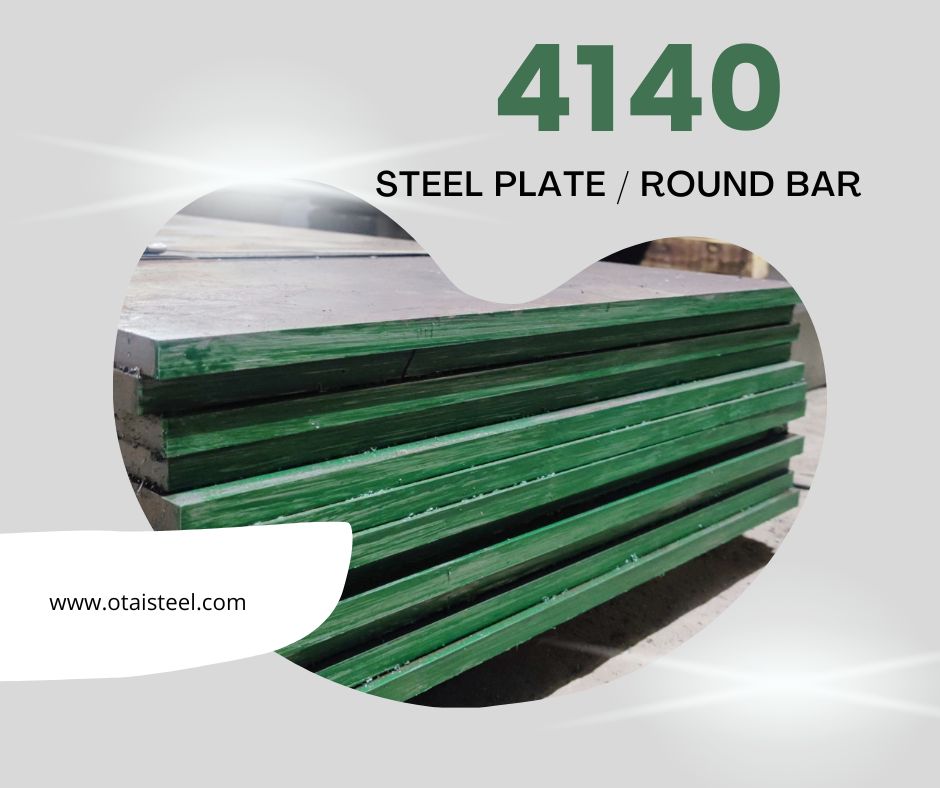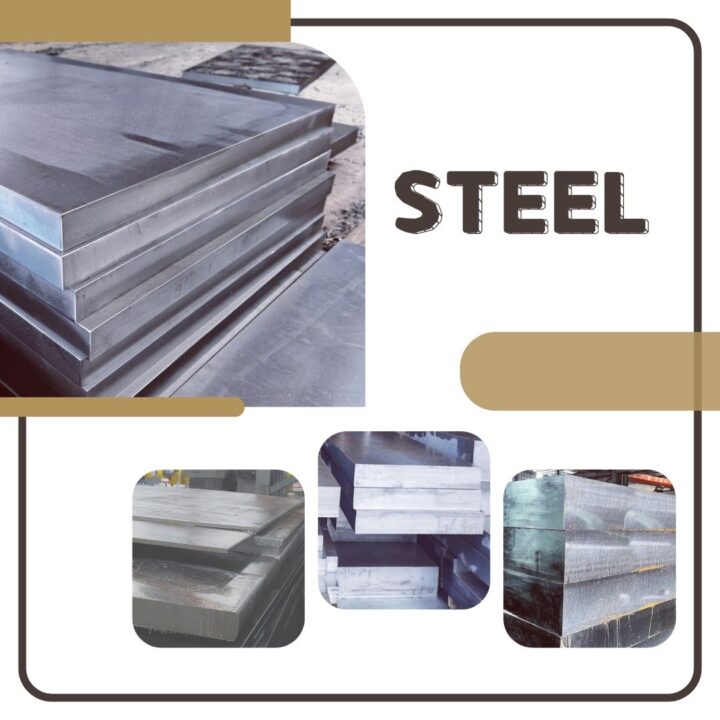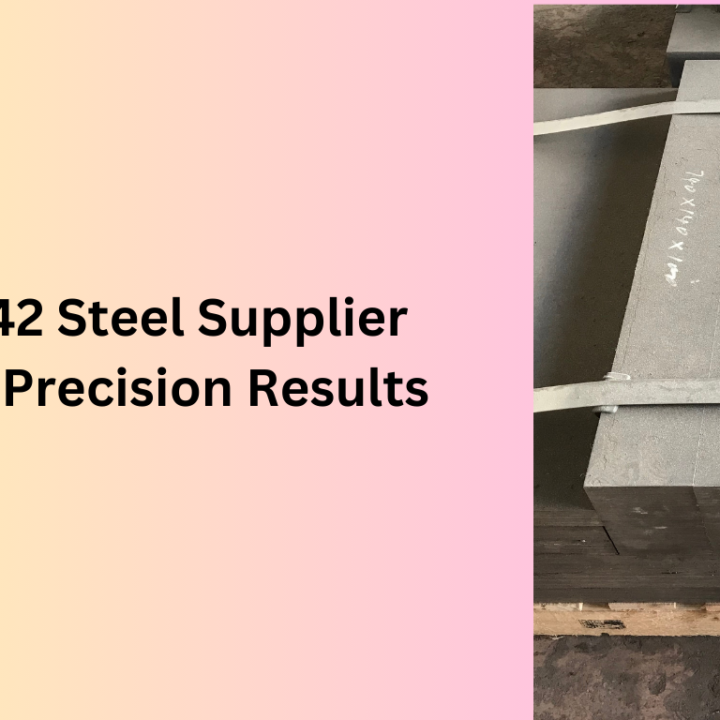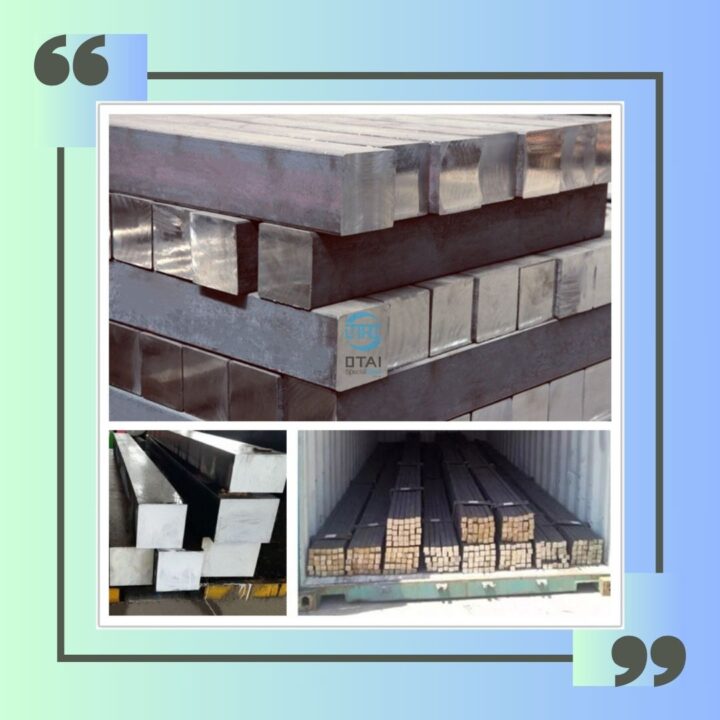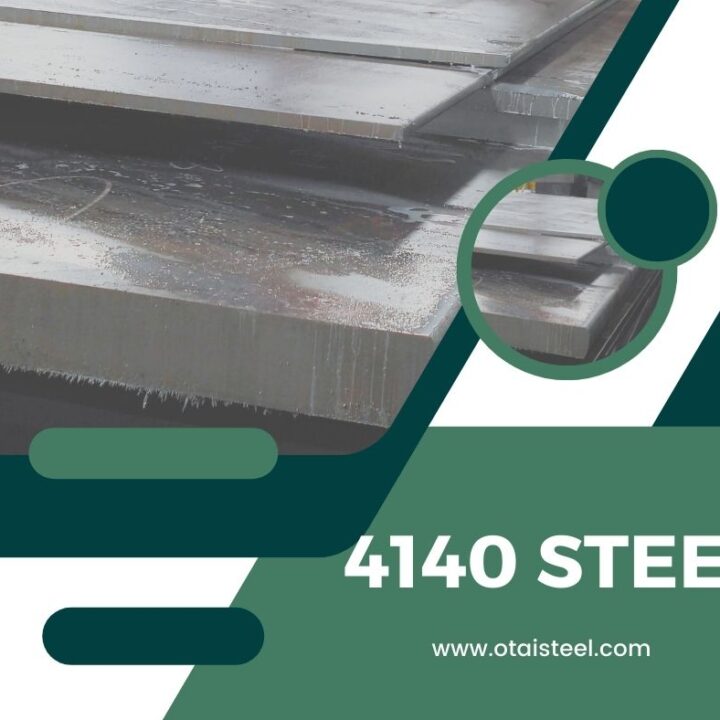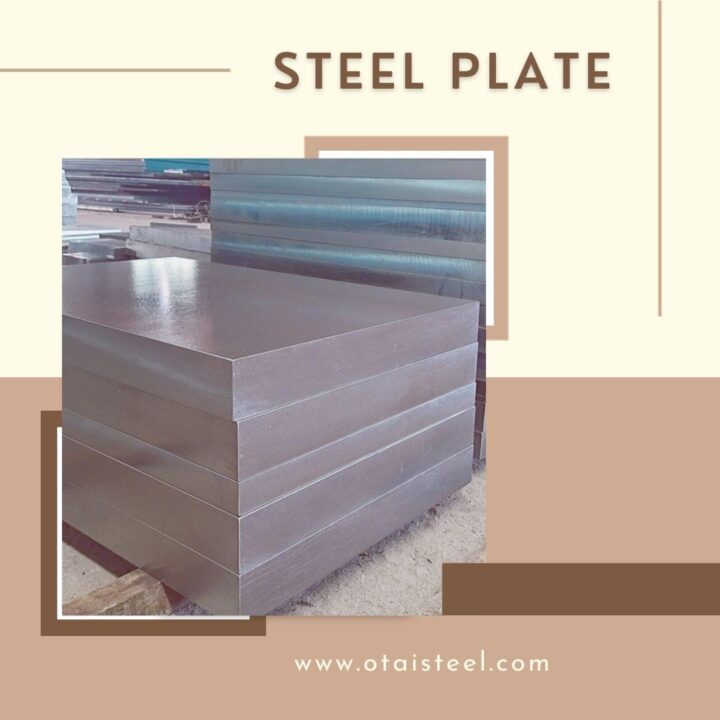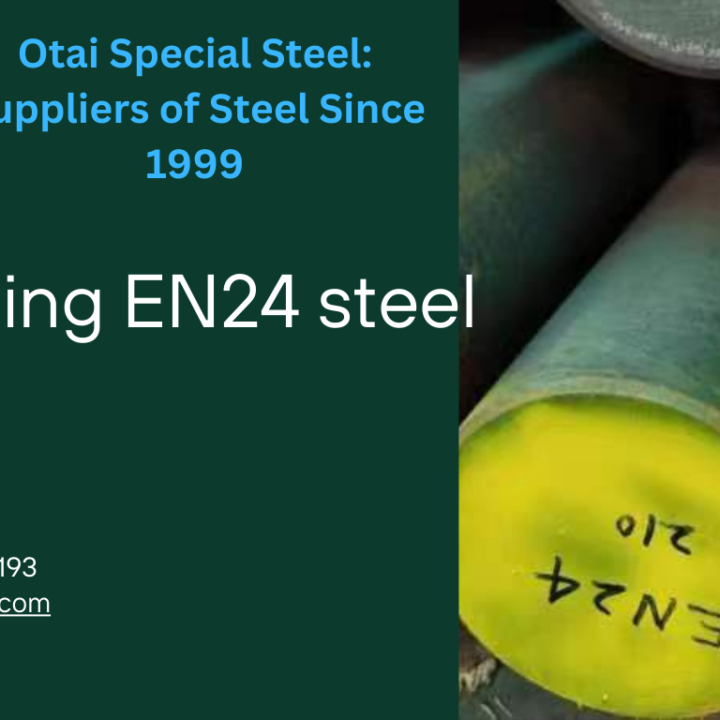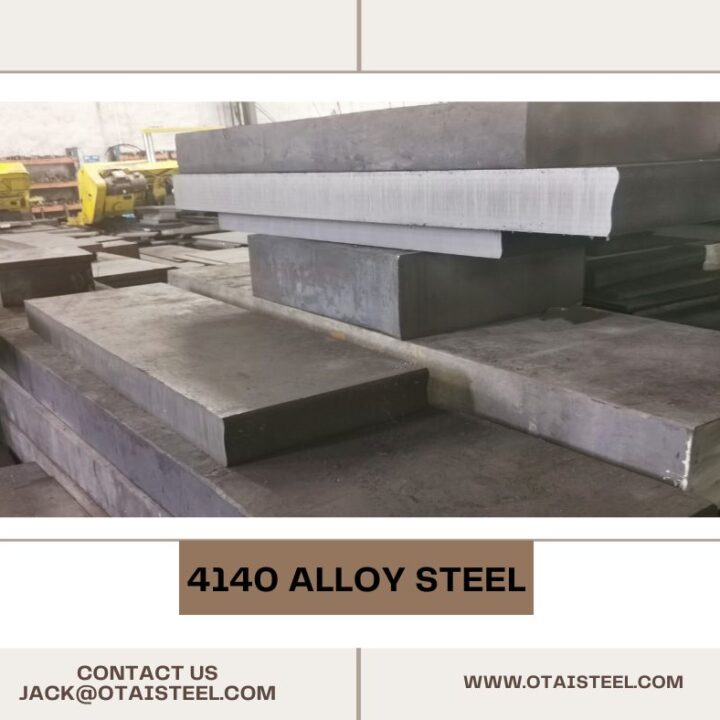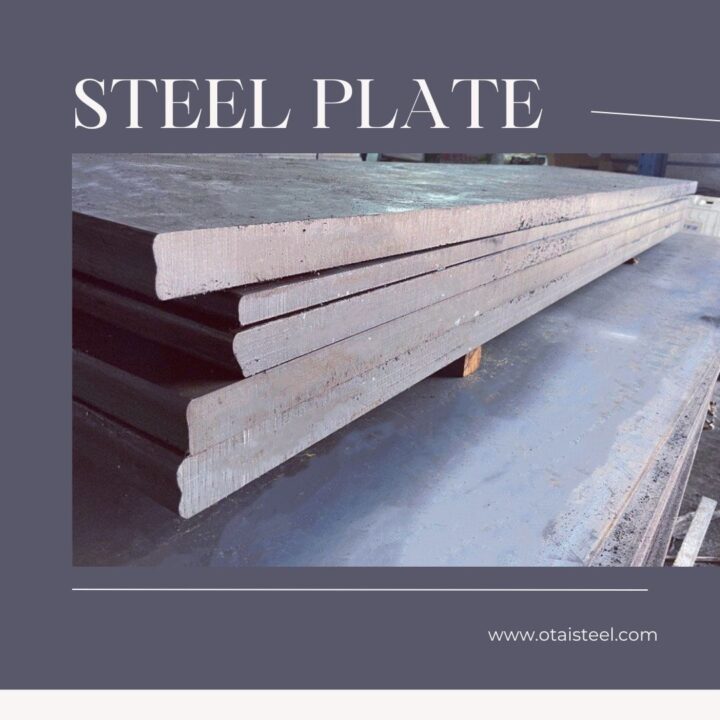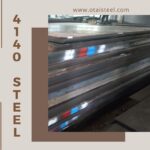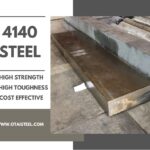Failure Analysis of 4140 Steel: Causes, Mechanisms, and Prevention Strategies
Fault analysis is an important aspect of engineering because it helps to understand the causes and mechanisms behind the failure of materials or components. 4140 steel is a high-strength alloy steel commonly used in various industrial applications. However, like any other material, it is prone to failure due to a variety of factors.
Causes of failure of 4140 steel
- Fatigue failure: 4140 steel often bears the cyclic load, which will lead to fatigue failure. This type of failure occurs when repeated stress is applied, causing cracks to form and propagate, eventually leading to failure.
- Overload: exceeding the yield strength or ultimate strength of 4140 steel will cause plastic deformation or fracture, respectively.
- 3, environmental factors: exposure to high temperature, humidity, corrosive chemicals, salt water, and other harsh environment will lead to premature failure of 4140 steel.
The failure mechanism of 4140 steel
- brittle fracture: 4140 steel under high-stress concentration, low temperature or impact load will occur brittle fracture. In this failure mode, the material suddenly breaks without any apparent deformation, resulting in a catastrophic failure.
- Ductile fracture: When 4140 steel is subjected to high deformation, ductile fracture occurs, leading to the formation of micropores, which coalesce and grow and eventually lead to failure.
A prevention strategy for the failure of 4140 steel
- Correct material selection: Choosing the right type and quality of 4140 steel is crucial to prevent failure. Materials should be selected according to application, load conditions, and environmental factors.
- Design optimization: Component design should be optimized to avoid stress concentration and minimize the possibility of failure. FEA (Finite element analysis) simulations can be used to identify areas of high stress and optimize the design.
- 3, heat treatment: Appropriate heat treatment of 4140 steel can improve its mechanical properties, including strength and toughness, and reduce the possibility of failure. The heat treatment process should be carefully controlled and monitored to avoid overheating or underheating.
- Maintenance and inspection: Regular inspection and maintenance of parts made of 4140 steel can help detect any signs of damage or wear before they lead to failure. Proper lubrication, cleaning, and inspection should be performed regularly.
Fault analysis is an important aspect of engineering that helps to determine the causes and mechanisms behind the failure of materials or components. The causes of the failure of 4140 steel may include fatigue, overload, and environmental factors. And the mechanism may be a brittle or ductile fracture. Appropriate material selection, design optimization, heat treatment, and maintenance precautions help reduce the likelihood of failure and ensure the reliable performance of 4140 steel components in a variety of industrial applications. (Failure Analysis of 4140 Steel)
